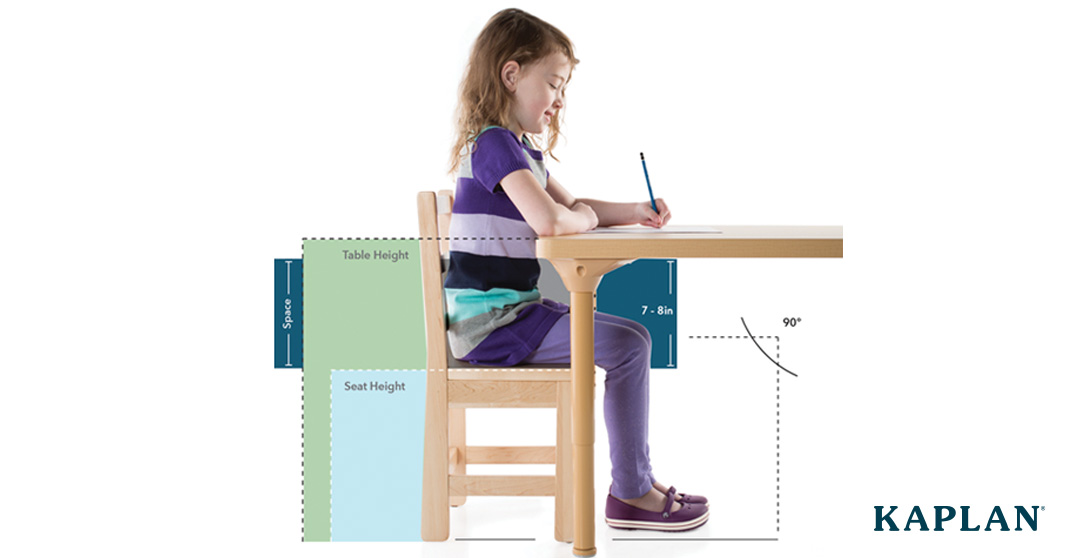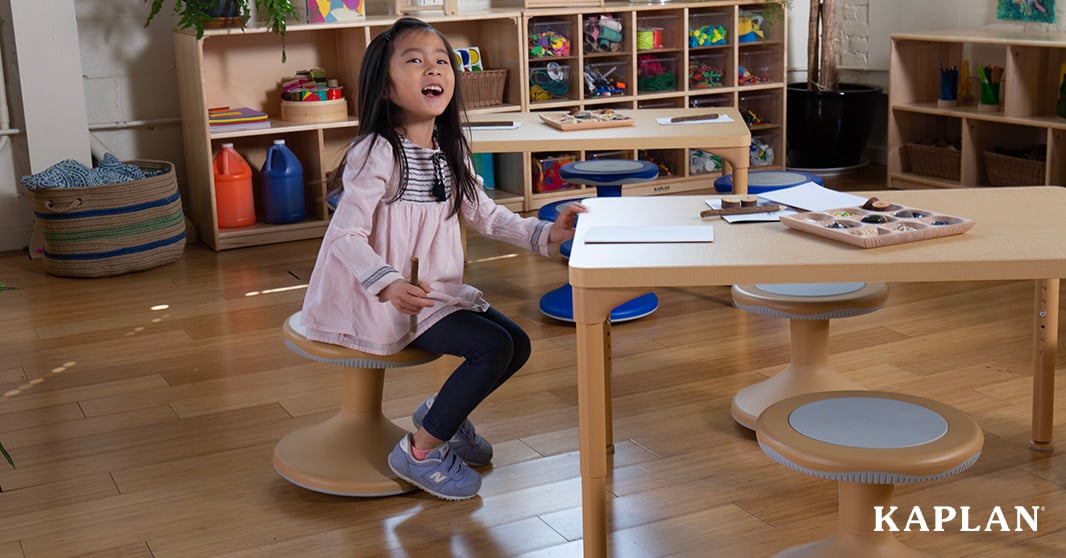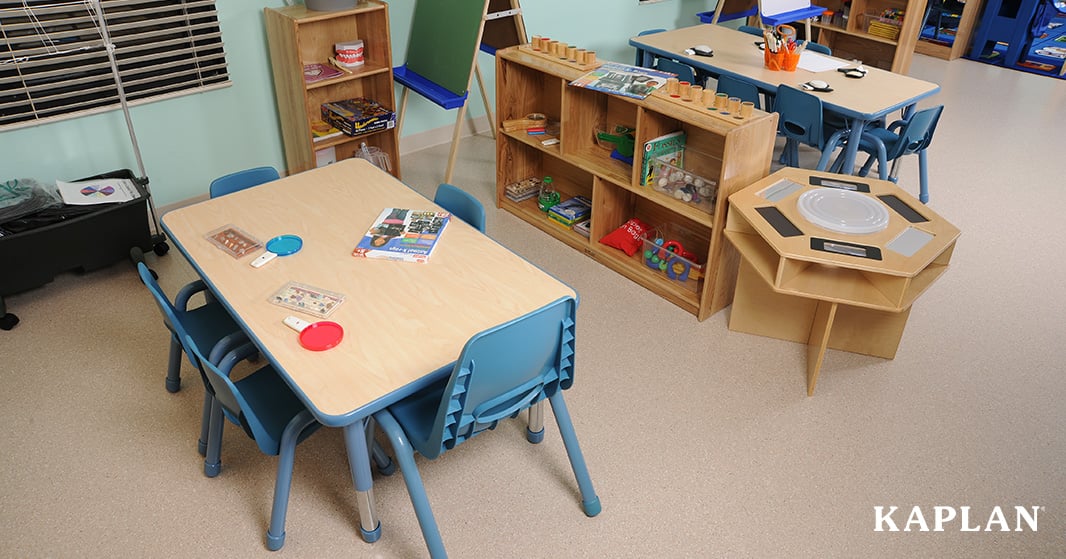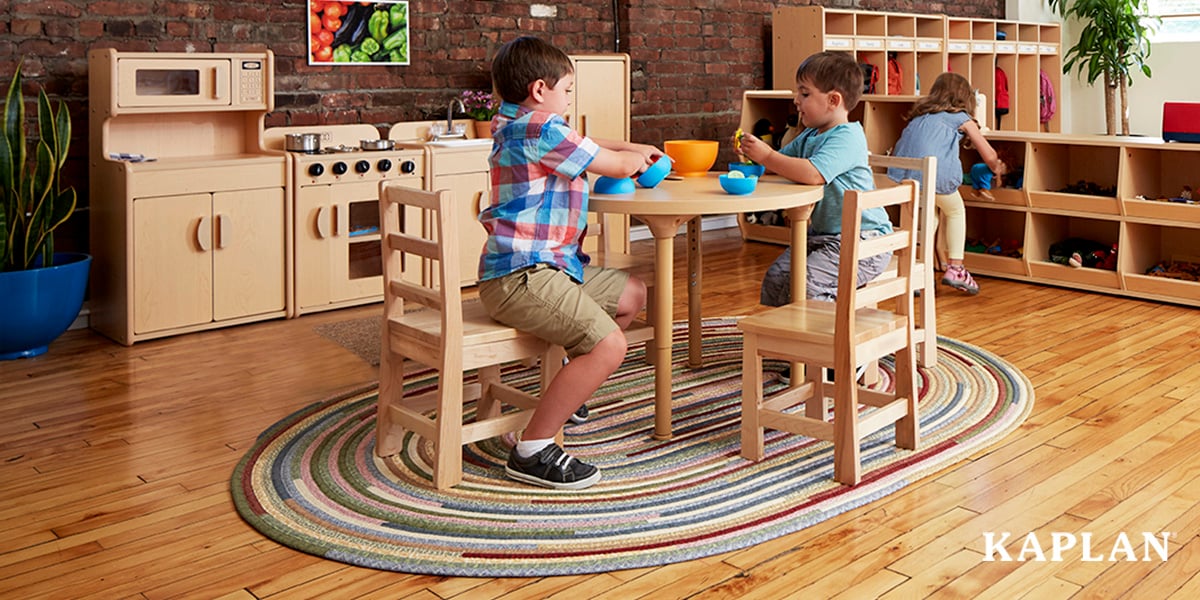Having the right chairs in a preschool classroom will help growing learners feel secure and comfortable as they work independently, participate in a small group activity, or enjoy a meal time. But matching a chair to the right table is harder than it looks: when shopping online or out of a catalog, like most customers do, it can be difficult to tell if a chair will fit under a desired table. Do you want chairs with arms or no arms?Stackable or not stackable? What about wobble seats or flexible seating?
One of the most common reasons for chair returns is that they weren’t the right fit - either for the tables they were used with, or for the children who used them. To ensure the chairs you're considering meet state licensing or quality rating guidelines, be sure to check what is required in your environment. Choosing the correct chair size will save you time and money.
We can help you avoid these headaches and save money with a simple guide to selecting the best chair for your classroom.
How to determine the right chair size
Signs that children are in the wrong sized seat can include swinging feet, constant fidgeting, slouching, or sitting incorrectly in the seat. If chairs aren’t fitted to the children who use them, those children are at risk for discomfort, which could lead to lack of focus and classroom disruptions.
You can follow a few general rules to buying the right sized chair:
- The child’s feet should lie flat on the floor when they sit all the way back in the chair. When a child’s feet dangle, the child can fidget, grow uncomfortable and generally disrupt the learning environment for not only that child but the children around them. It’s just like an adult who is sitting on a barstool and has their legs dangling, their feet start to go numb and their legs start to go numb over time, too. The same thing happens for children, they grow uncomfortable and then restless.
- The child’s knees should be at a 90 degree angle when sitting with their back in the chair.
- The seat of the chair should be 7”-8” from the underside of the table. This allows children to comfortably fit their legs underneath and rest their elbows on the top of the table.
For a helpful chart for chair and table heights, click here. Remember: children with special rights may require alternative chair and table solutions that are specific to their needs. Talk with your supervisor before purchasing special equipment.
For a child who is fidgety in their seat – what can a teacher do?
Some children need not just the comfort of their chair, but also need movement to concentrate, which is why flexible seating is so important. Flexible seating options are a popular way to help students get the sensory inputs they seek, so they can better focus. When considering alternative seating options, remember to factor in the child’s developmental level in addition to his or her age. Some schools have guidelines for how and when flexible seating can be used in a classrooms, so we recommend checking with administrators before purchasing.
Should I choose chairs with arms or no arms?
For children first learning to back up to a chair and sit down in it, arms provide a sense of security and help guide the child’s bottom into the chair. The arms alleviate their fear of slipping off the side and down. We recommend using chairs with arms for children still learning to walk with confidence, or who just need a little extra support when getting into a chair.
How does furniture change as age progresses?
As they age, children become more independent in their environment. More control, more influence, the ability to make modifications and the ability to manage their environment. Seating options should grow as the children grow. We suggest having different sized chairs based on the different sized children in the classroom, and tables with adjustable legs to meet the different needs of children.

All in all- comfort for children is an issue that affects all of us at every level of the educational field. From the students themselves, to the teacher who wants what is best for them, to the principal making the budget and ultimately to us at Kaplan who seek to provide the highest quality options for every learner, we all have a responsibility to make these choices. We have a team of highly qualified professionals available to assist you if you have any questions. 

